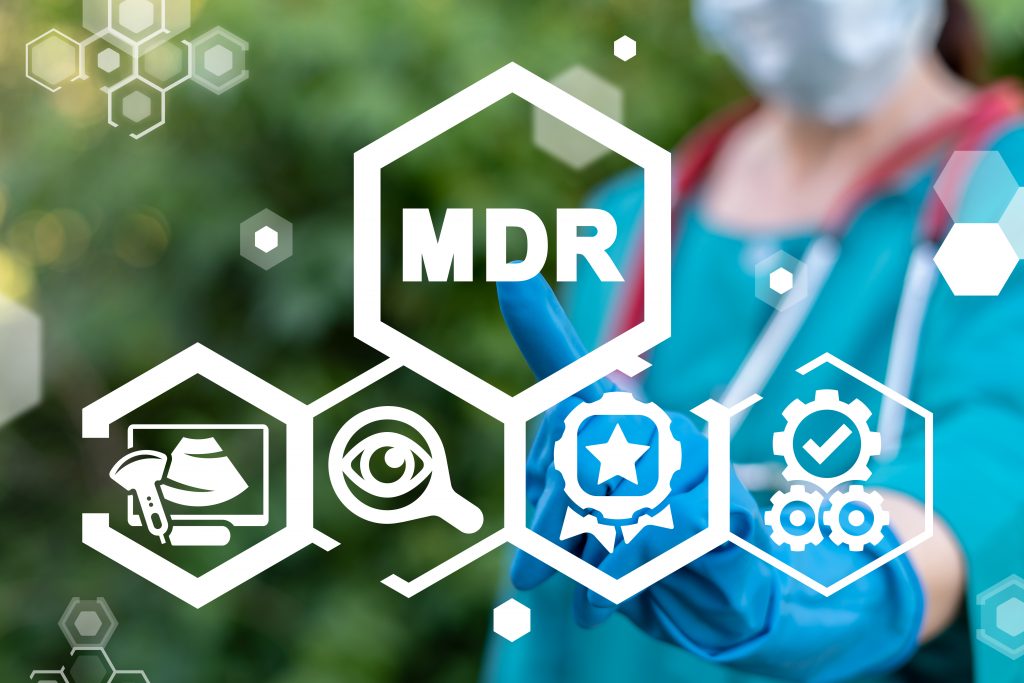Medtech companies are facing major compliance challenges. As of May 26, 2021 new Medical Devices Regulation goes into effect and previous directives cease to apply. European Union expects full adherence across all its member states. Find out what this means for your company.
The importance of medical devices in the health systems across the world is rapidly growing. European Union, with its aging population prone to greater health risks, is seeking to further regulate the MedTech industry with a focus on patients’ safety. New rules contained in the Medical Devices Regulation (MDR) require increased vigilance in preventing medical device malfunctions and adverse events. In general terms, the emphasis is on product lifecycle – not merely getting it to the market. This means, obtaining approval is not enough. Manufacturers face the effort of retaining it as well.
Transition from the MDD to the MDR. Timelines and transition periods
The MDR is hardly news for the industry. It came into force on May 25, 2017, along with the in-vitro diagnostics regulation (IVDR), marking the start of the transition period for manufacturers distributing medical devices to EU markets to update their technical documentation and processes for the new requirements. The MDR was scheduled to apply from May 25, 2019 but the date was postponed by one year due to COVID-19-related disturbances.
New regulations repeal the rules comprised in three EU acts which have been in place for over 25 years: Medical Devices Directive (MDD, Directive 98/79/EEC and Active Implantable Medical Devices Directive (AIMDD). The latter is integrated into the MDR in an expanded form. The new law comes with 42 implementing acts and 12 delegating acts serving to either clarify or modify the regulations.
The shift in legal framework is mitigated by additional transition periods. New regulations allow for certificates issued under the MDD and AIMDD directives to remain valid until May 25, 2024 under specified conditions, while MDD devices already placed on the market may continue to be made available until May 27, 2025.
MDR: more efficient and transparent regulatory framework
Compared to the previous acts, MDR provisions have more substantial implications and introduce changes that will be deemed as laws – similarly to FDA medical device regulations. The document is also longer and more detailed (174 pages of MDR vs 60 pages of MDD). In essence, MDR is designed to align EU law with technological advancement and progress in medical sciences. It aims to provide an efficient and internationally recognized regulatory framework that will improve patients’ safety, at the same time creating transparent market for the medtech companies from around the world.
Key regulations and requirements for medical device manufacturers
The crucial requirements manufacturers need to comply with are covered in Article 10 of MDR titled “General obligations of manufacturers”. Key points of the new regulations include:
– a new device identification system based on a unique device identifier (UDI) that will facilitate traceability of medical devices,
– an obligation to mark devices with a device identifier (DI) and each batch or production series of the product with a production identifier (PI),
– an ‘implant card’ for patients containing easily available information about implanted medical devices,
– random inspections of manufacturers’ facilities after devices have been brought to the market,
– more rigorous controls on notified bodies, which will have to employ medically skilled people,
– an additional safety checking procedure for high risk devices, conducted not only by a notified body but also a special committee of experts,
– safety requirements for previously unregulated aesthetic products which pose a health risk to consumers, such as colored contact lenses not applicable for vision correction,
– the requirement to provide clinical evidence of medical device safety by manufacturers (as for medicines), especially in the case of higher risk classes.
EUDAMED – European database on medical devices
The MDR also establishes a set of databases covering, apart from registrations, post-market surveillance and risk management. Data on products, their IDs, manufacturers, related clinical investigations, are to be stored in and made accessible via EUDAMED – IT system developed by the European Commission to implement MDR, which will provide a living picture of the lifecycle of medical devices distributed in the European Union.
What are the main challenges for medical device producers?
Medical device companies may experience challenges with adapting to the new legal environment introduced by the MDR. Possible issues include:
– greater than budgeted costs of compliance,
– time and personnel engagement necessary for implementing changes,
– implications on the supply chain (business partner may decide to quit the EU market),
– additional, potentially costly responsibility with regard to data requirements,
– weighing the cost of compliance against revenue with a possible outcome of having to withdraw some products from the EU market.
There are plenty more issues to consider, both in terms of compliance and business goals, for medical device manufacturers facing the pressure of new regulations. If you wish to discuss the implications of MDR for your company, don’t hesitate to contact us via phone or email. Our experts will be happy to help you!

SHARE ON: